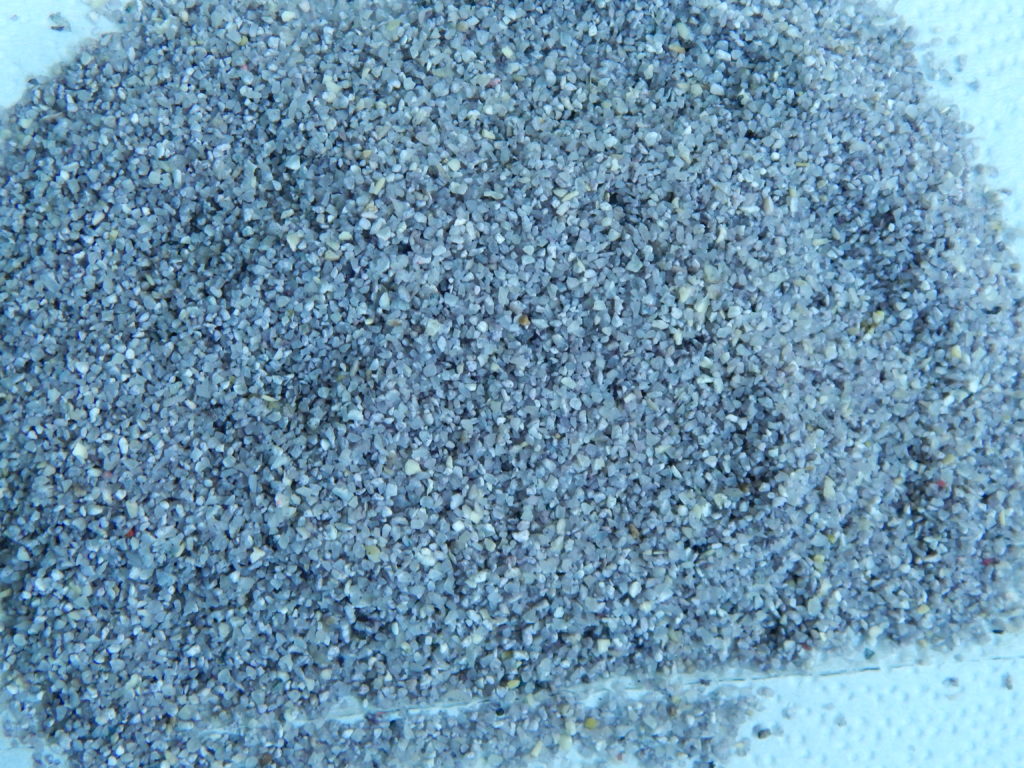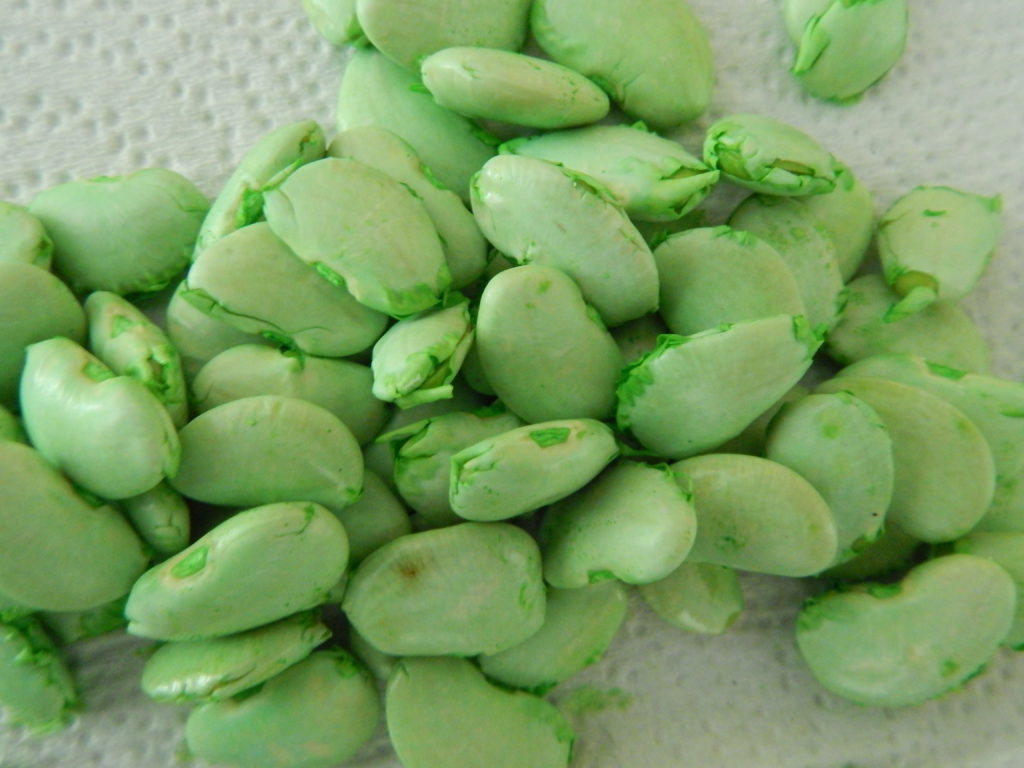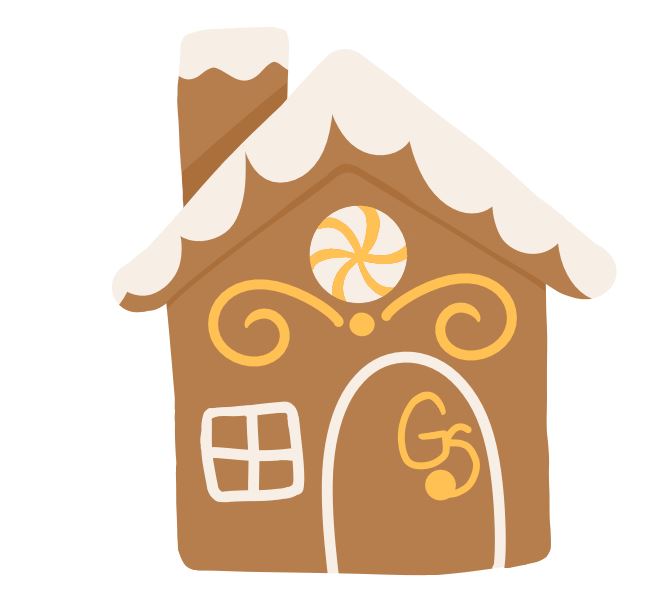
This method utilizes unsweetened powdered drink mix as the color for your sensory tub base material. It does not work very well on the large dry pieces such as the dry beans and peas. This process works well for finer textured products such as rice, grits, and Epsom salt. It can be used to coat dry peas with a little extra water to spread it thinner over the peas (but the food coloring method is best for peas and beans). When this method is used for rice and grits, you will get a more uniform color. The grits will still have some variance but not as much as the food coloring method. The extra liquid in this method helps to more evenly distribute the color.
Using powdered drink mix also adds the wonderful sensory element of smell. The drink mix already has the scent inside. You can choose the options with both scent and color. Adding additional scent for this method is not recommended.
Supplies for the food coloring method include:
- fine base materials (grits, rice, salt, etc.)
- sealable gallon size plastic bags
- packages of powdered drink mix (your choice of color and flavor)
- a few drops of water
- foil or wax paper
- plenty of paper towels
There are no specific measurements, the amount of base material that you want to fill your tub will determine how much of the materials you need, then add enough of the package of drink mix to get the color you desire.
You will need to find a large open surface to dry your products on. This can be a kitchen counter top, table, floor, or even outdoors. You will want to cover the area in either foil or wax paper and then place a layer of paper towels over the top. The foil base will keep the wet color from leaking onto the surface and staining. If you are drying your materials outdoors, you may find the base layer unnecessary.
For a shoe box sized container, place 6 cups of your choice of base material into a gallon bag. This should be enough to fill it about ½ way and leave plenty of room to push the material around without spilling it outside of the container.
Empty one package of powdered drink mix into the plastic bag and add a few drops of water. Squeeze the bag and move the color around to coat all of the material. Start with very little water and then if you need more add a few more drops. You don’t want it to be excessively wet. If you want a darker color, then add another package of powdered drink mix.
Once you have the desired color, pour the colored materials out over the paper towels in a single layer to dry. Allow the materials plenty of time to fully dry before placing them in the sensory tub for play.
The blue grits (in the picture) make a good base for using this method. It produced a uniform color in the finely textured grains. It dries quickly. Rice also works well when you want a more solid color. The colors produced in this method leave a fairly uniform color which differs from the food coloring method.


Rice, grits, Epsom salt, and table salt are preferred for this coloring method because those materials produce the best results. Lima beans and garbanzo beans in the pictures also turned out well but require additional water, which adds an increase in drying time and is messier to create. Beans can be done in this method but are generally easier and better with the food coloring method. This method will produce a more uniform and lighter color variation.

You can find many more activities in the book which is available at Amazon.com. Direct links to all of the books are on the page labeled “Dr. Andrea’s Books.”



